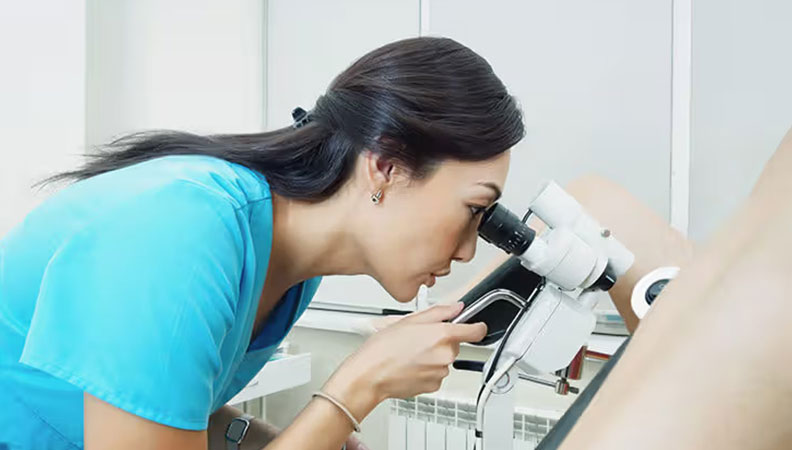Hysteroscopy: An Overview
Hysteroscopy is a minimally invasive procedure that allows doctors to inspect the inside of the uterus using a specialized instrument called a hysteroscope. The hysteroscope is a thin, lighted tube equipped with a camera, enabling a clear and detailed view of the uterine cavity. This procedure is commonly used to diagnose and treat various conditions affecting the uterus, such as abnormal bleeding, polyps, fibroids, or adhesions. Because it is minimally invasive, hysteroscopy is generally considered a safe and effective method for addressing both diagnostic and therapeutic needs.
Diagnostic Uses
Hysteroscopy is often performed to investigate abnormal uterine bleeding, such as heavy periods, bleeding between periods, or postmenopausal bleeding. It can help identify conditions like uterine polyps, fibroids, and endometrial hyperplasia. The procedure is also useful in evaluating congenital uterine anomalies or assessing the cause of recurrent miscarriages. By providing a direct view of the uterine lining, hysteroscopy offers a more detailed and accurate diagnosis than other imaging techniques like ultrasound.
Therapeutic Uses
In addition to diagnosis, hysteroscopy can be used to treat certain uterine conditions. For instance, it can be employed to remove polyps or fibroids that are causing symptoms or to perform endometrial ablation, a procedure that destroys the uterine lining to reduce heavy menstrual bleeding. It can also be used to address intrauterine adhesions, a condition known as Asherman’s syndrome, where scar tissue forms inside the uterus.
Procedure and Preparation
Hysteroscopy is typically performed in an outpatient setting and may require only local anesthesia, though some cases may involve general anesthesia. The procedure usually lasts between 15 to 30 minutes. Prior to the procedure, patients may be asked to avoid eating or drinking for a few hours, and it is often recommended to arrange for someone to drive them home afterward.
During the procedure, the hysteroscope is inserted through the vagina and cervix into the uterus. A sterile fluid is usually infused into the uterine cavity to provide a clear view. The camera on the hysteroscope transmits images to a monitor, allowing the physician to examine the uterine lining and perform any necessary interventions.
Recovery and Aftercare
Most women recover quickly after hysteroscopy. Some cramping, light bleeding, or discomfort may occur for a day or two, but these symptoms typically resolve on their own. Patients are advised to avoid strenuous activities, sexual intercourse, and tampon use for a few days following the procedure.
Conclusion
Hysteroscopy is a valuable tool for diagnosing and treating various uterine conditions with minimal discomfort and downtime. It offers a safe, effective alternative to more invasive surgical procedures, providing both diagnostic clarity and therapeutic options in one session. Women experiencing symptoms like abnormal uterine bleeding, infertility, or recurrent miscarriages may benefit significantly from this procedure. Despite its low risk, it is essential for patients to consult with their healthcare provider to determine if hysteroscopy is the best approach for their specific condition.

